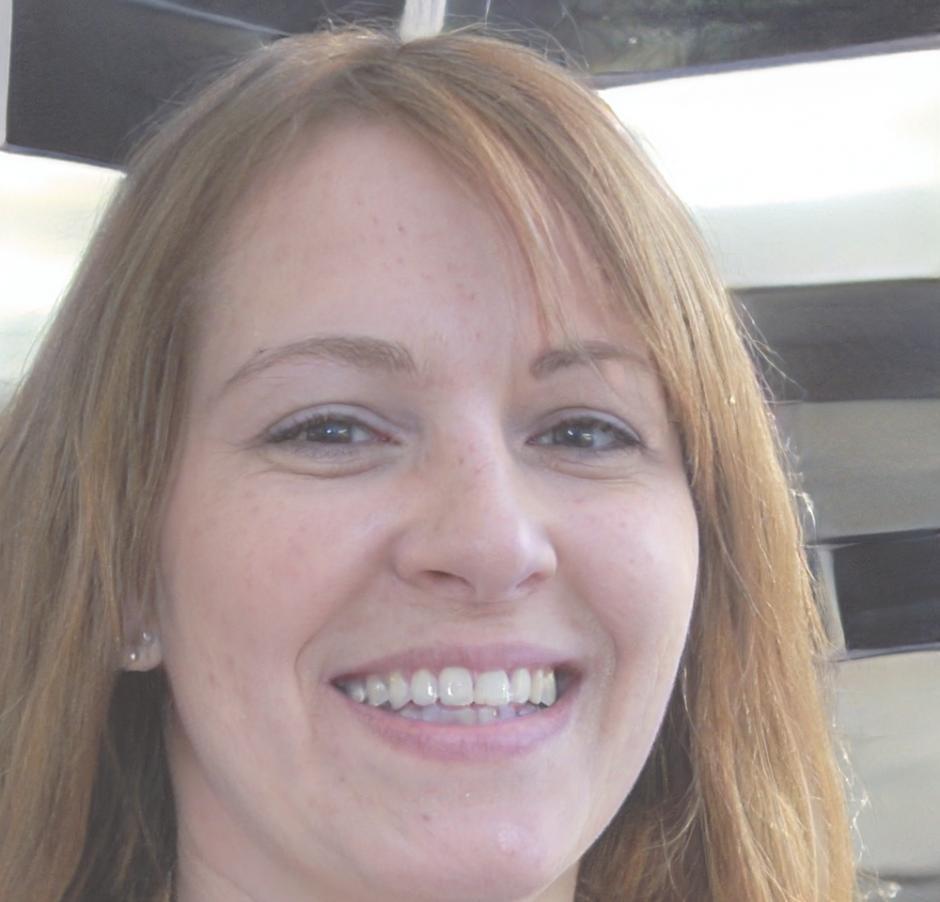Building Financial Clarity Since 2019
We started with a simple belief: that multi-year budget planning shouldn't feel like decoding ancient scrolls. Six years later, we're still helping organizations in Thailand understand their finances without the headaches.
How We Got Here
Back in 2019, our founder Priya noticed something odd. Companies had mountains of financial data but couldn't see three years ahead clearly. Spreadsheets everywhere, yet no real picture of what was coming.
So she started teaching a different approach. Not just number-crunching, but actual strategic thinking about money over time. The kind that helps you spot problems before they become crises.
What began as weekend workshops turned into something bigger. We realized organizations needed more than theory—they needed practical frameworks they could actually use on Monday morning.

What Makes Our Training Different
We've learned that effective budget planning education isn't about memorizing formulas. It's about changing how people think about money and time.

Real Scenarios, Real Solutions
We don't use made-up examples from textbooks. Every case study comes from actual Thai businesses—with names changed, of course. You'll work through the same messy situations you face at your desk.

Learn By Doing
Watching someone else build a multi-year budget is mildly interesting. Building one yourself while getting immediate feedback? That's when things click. Our sessions are 70% hands-on work, 30% explanation.

Peer Learning That Actually Works
Some of the best insights come from the person sitting next to you who just solved the same problem you're stuck on. We structure our programs so you're learning from each other, not just from us.
The People Behind the Programs
Our instructors aren't just teachers—they've all spent years in finance roles before joining us. They remember what it's like to stare at confusing spreadsheets at 11pm.

Priya Sharma
Spent twelve years as a financial controller before deciding she'd rather help people avoid the mistakes she made. Known for turning complex forecasting concepts into surprisingly simple explanations.

Elena Martinez
Former CFO who got tired of seeing good strategies fail due to poor budget planning. Her specialty is helping teams connect their big-picture goals to actual numbers that make sense.
What We Believe About Financial Education
Over the years, we've developed some strong opinions about how budget planning should be taught. Here's what guides everything we do.
Honesty Over Hype
We won't promise that our training will transform your organization overnight. Good budget planning takes time to implement properly. What we can promise is that you'll leave with practical skills you can start using immediately—and a clearer understanding of what multi-year planning actually involves.
Context Matters
Budget planning in Bangkok looks different than in Boston. We design our programs around the realities of operating in Thailand's business environment—the seasonal patterns, the common challenges, the regulatory context. Generic advice from overseas textbooks doesn't cut it.
Sustainable Learning
Cramming everything into a two-day intensive might sound efficient, but people forget most of it within a week. Our programs spread out over several months, giving you time to practice between sessions and bring back real questions from your workplace.
No One-Size-Fits-All
A manufacturing company's budget planning needs are completely different from a service business. We adapt our teaching based on your industry, company size, and current skill level. Sometimes that means spending an extra hour on cash flow projections. Other times it means focusing on cost allocation methods.